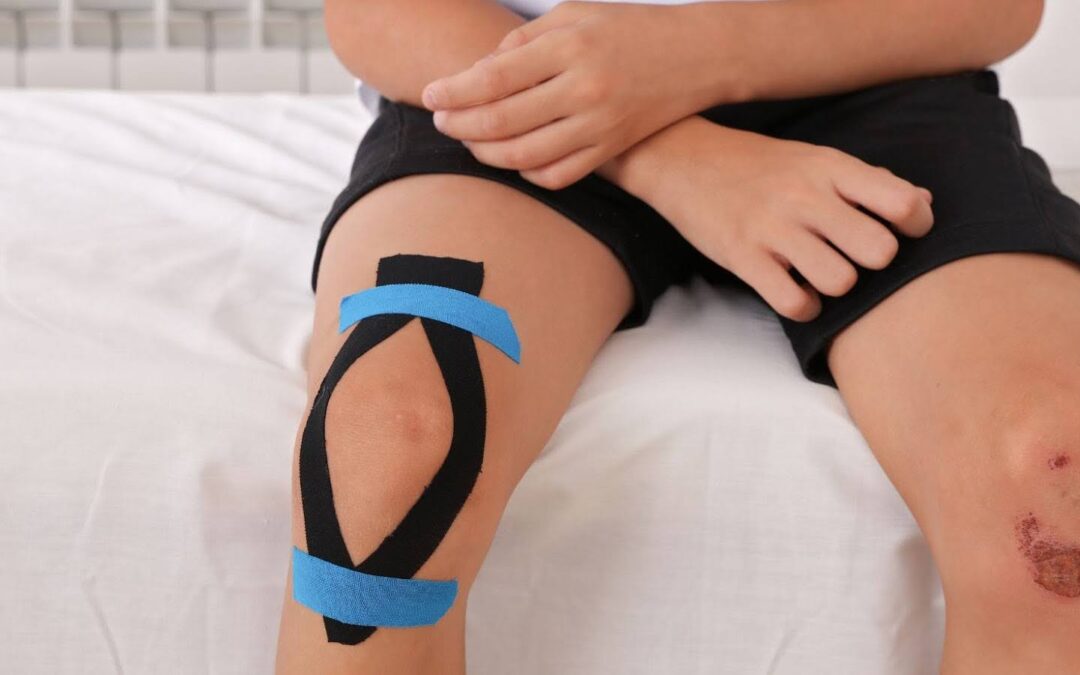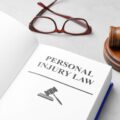Seeing your child hurt because of someone’s negligence can be one of the most frightening and stressful experiences of your life. Your first instinct will be to get them the best medical care to ensure their recovery.
But what happens when your child is so severely injured that the hospital bills not only pile up but rehabilitation and long-term care are necessary? What happens if you can no longer work because your child needs 24/7 care?
In a situation like this, you should strongly consider filing a personal injury claim against the person whose negligence harmed your child.
In the U.S., a child under 18 cannot file a lawsuit alone. However, you can file a personal injury case on their behalf.
How To Get Started
Your first step should be to draw up and send a demand letter to the person at fault. Alternatively, you can send the letter to the person’s insurance company. You would typically do this if your child were injured in a hit-and-run or if they were a pedestrian injured during a car crash.
A demand letter is meant to let the defendant or at-fault party know your intentions to recover damages on behalf of your child.
When the letter is sent, you should file a complaint with your local court (if the accident happened in your area) to initiate the legal case.
Hiring a lawyer to help you with the demand letter and initiating the case is crucial. Your lawyer can advise you on the wording of the letter and which court to file the claim.
What Happens To Settlement Funds?
It is important to note that compensation funds for minors are often held until they turn 18. If you win the case, you will receive a portion of the funds to compensate you for the medical expenses you incurred after your child’s injury.
However, the money will go into a trust if your child is compensated for pain and suffering or punitive damages. Your child will then get the money after they come of age.
What is Minor’s Compromise?
When you are awarded a settlement on behalf of your child, the concept of Minor’s Compromise comes into play. This means you must provide the settlement details to the court. A court must approve all settlements relating to a minor’s legal claim, even without an official lawsuit.
Exceptions to this rule apply in some instances. For example, if the settlement is less than $5,000, it likely will not need approval from a court.

A judge will act as your child’s advocate for all other settlements to ensure fair settlement. This process is necessary because by settling, your child cannot sue for the same accident and injuries later. So, a settlement compromises their right to file a claim independently.
Preparing for the court hearing to decide whether the settlement is fair can be daunting because of the complex paperwork required. However, your lawyer can help you sort this out.
Damages You Can Claim
Before attending this hearing, you must agree to a settlement. This can only happen if you sue for damages. Depending on their injuries, you can sue for several types of damages on behalf of your child.
These include medical expenses like ambulance use, emergency care, surgery, and follow-up hospital visits. If your child were seriously injured, they would likely require some form of rehabilitation, which will also cost a lot of money.
If your child suffers ongoing discomfort or emotional distress because of their injuries (or because of the accident itself), you can also claim pain and suffering. Moreover, you can claim for lost earning capacity if you can’t work while your child is recovering.
Grounds for a Personal Injury Claim
A car accident or hit-and-run is not the only scenario that could result in a lawsuit. If your child is hurt at daycare because of unsafe conditions, you also have grounds for a personal injury case. You can sue for damages if a defective toy malfunctions and harms your child.
Other scenarios that warrant a personal injury claim are medical malpractice and animal bites (usually dog bites).
Filing a Personal Injury Claim
If your child gets injured in a public place or at school, take photos of the scene. Get pictures of anything that may have contributed to the accident. For instance, if there is a broken swing set or a leaning staircase with no handrail, take photos of it.
Save copies of all medical records and receipts every time your child visits a hospital, doctor, or specialist. You can create a file for these documents and keep a spreadsheet with the details of each visit, test, and medication.
At this point, you should consult with a lawyer if you have yet to contact one. Your lawyer will assess the documents and photos of the incident and then help you draft the demand mentioned in the above letter. This will kick off the legal process.

Fortunately, your lawyer can settle your case without you having to go to court. In this instance, you will only appear before a judge when you have received and accepted a settlement.
But, your lawyer will advise you to take the case to court if a settlement cannot be reached. They will file a lawsuit on behalf of your child to ensure they get the compensation they need and deserve.
Remember that a court case can be a long and drawn-out process. You must factor in the time you want to spend on it while caring for your child and helping them recover.
Advocating for Your Child
You do not have to endure the stress of filing a claim alone. You can connect with other parents in similar situations in several support groups.
You may also be eligible for financial assistance depending on the situation and the severity of your child’s injuries. Your lawyer or a social worker can help you explore these options.
Moreover, when you and your lawyer advocate for your child, you can ensure they get the care and compensation they need.
Jessica has a flair for writing engaging blogs and articles. She enjoys reading and learning new things which enables her to write different topics and fields with ease. She also strives to break down complex concepts and make them easy for anybody to comprehend.





